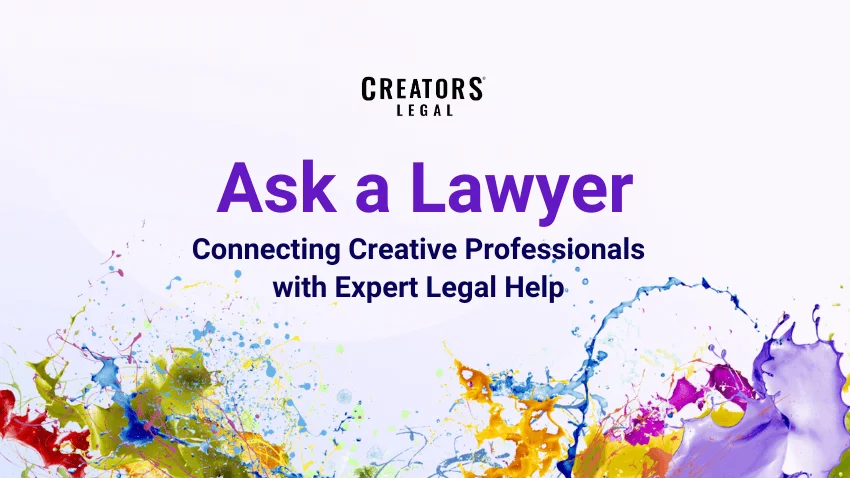In the dynamic landscape of 2023, artists and gallery owners face new legalities with the advent of digital art and NFTs. Airtight contracts are now more crucial than ever to protect your creations and ensure fair transactions in this digital age. Don’t let the complexities of modern art dealings jeopardize your work—stay informed and secure with a contract that covers all bases. Remember: you can find a list of up-to-date contracts, relevant to your particular situation, on our website.
Have you ever had to deal with a disgruntled customer who refused to pay you? What about receiving a call from your new gallery representative telling you that a project was due yesterday, but you thought you had another week?
It’s easy to get the details mixed up every so often when there’s a lot going on in your art business. However, your reputation and livelihood are on the line. When miscommunications occur, it’s usually your art business that suffers the consequences.
Given the importance of clear expectations that leave no room for miscommunication, you need to find a way to safeguard your work and business from such issues. What is the solution? A contract, of course. Contracts for artists clarify everyone’s responsibilities, whether for a gallery display, commission, consignment, or licensing agreement. It’s also something official to whom you can turn if something goes wrong.
Take a look at a few fundamental components you should include in every contract.
1. Client Information
To clarify who is involved and how you can contact them, start your contract with each party’s name, business, address, email, and phone number.
2. Terms and Conditions of the Project
Terms and conditions include not only what the project is all about but also what is to be expected of each person. Being explicit and comprehensive is key in this section.
Consider every facet of the project from beginning to end. Investigate more to learn more about the specifics. Make sure you thoroughly study the terms for your specific art business idea and consult a professional if necessary.
3. Project Schedule
Whether you allocate an entire section to the project’s schedule or include it in the terms above, it’s critical to outline its timeline expectations clearly.
This section of the contract must list the responsibilities both parties need to perform by a specified date or time. It should also state the consequences of one party failing to deliver.
4. Payment Terms and Costs
In this section, break down the project’s price and costs. Identify who is liable for what, including any hidden fees or taxes, and establish direct payment due dates and procedures. Cover the financial details thoroughly early on so you can concentrate on the creative process.
5. Itemization
If you are consigning your artwork to a gallery or retailer, you will want to go the extra mile to secure your art company by adding an itemized list of the items you’ll be handing over to them. This list can include photographs and information such as title, dimension, medium, description, and price.
6. Artists Rights
This section does not have to be lengthy; it might only simply be a comment about keeping your artwork’s copyrights.
7. Cancellation Terms
Include who is accountable for cancellation and what the following procedures are as an added layer of protection. Consider making your client’s first deposit non-refundable. In that way, the time and effort you put in before your client cancels the project gets paid.
8. Agreement Acceptance
Include an agreed-upon statement that consists of the contract’s conditions, followed by the names, signatures, and the date to be signed by both parties to complete the contract.
The Wrap
Small details matter in creating an effective artist contract. With so many obligations to keep track of, it’s only natural to determine who’s in charge of what and when. With a clear and binding document, you’ll avoid any misunderstandings, make the process run more smoothly, and safeguard your art business by having a solid contract to refer to.
Creators Legal is the first and only legal platform build just for Content Creators. Get simple, straightforward, and trustworthy creator contracts in a fast, easy-to-use platform. With a powerful guided Form Builder, a secure e-signature system, and your own personalized dashboard to store and organize all your contracts, you can get yourself protected in minutes without the need for expensive entertainment lawyers!
Want to learn more? Check out CreatorsLegal.com, where you can get single use contracts or monthly and annual subscriptions on all contracts for creators! Try us now!






